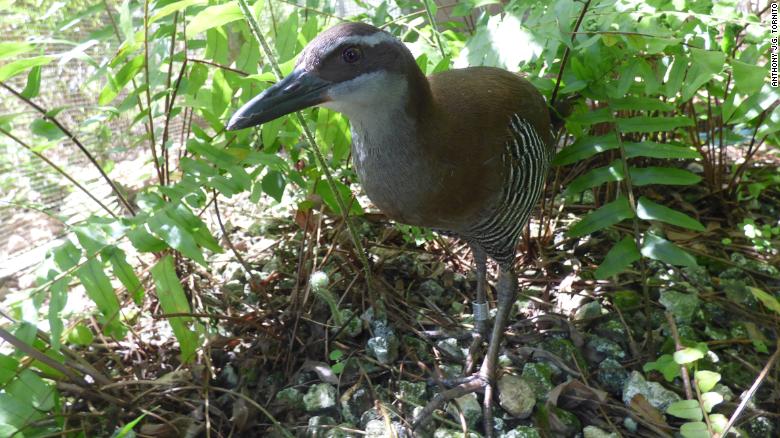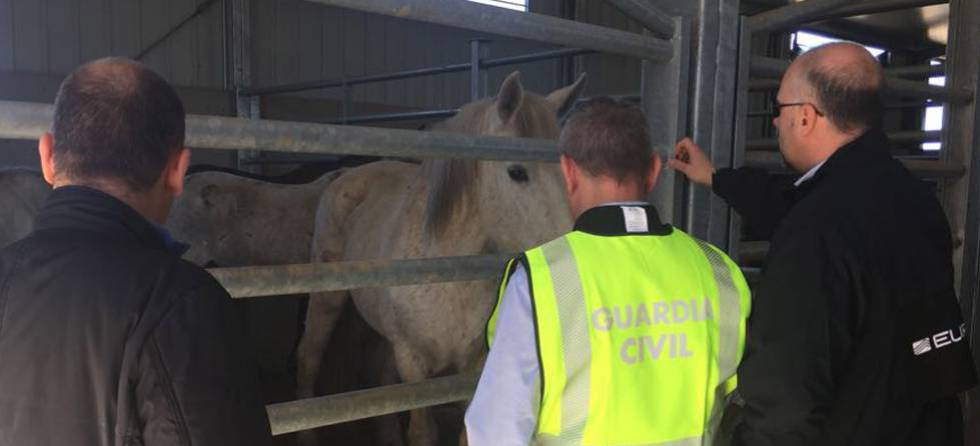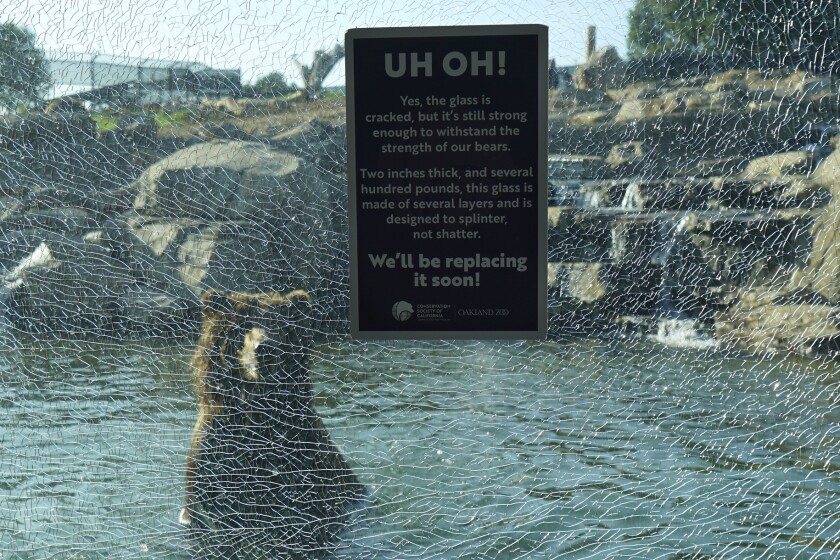In the aftermath of the Second World War, the zoos of continental Europe were devastated. Firstly, many had been plundered by the Nazis as they marched across the continent; along with artistic and historical treasures, prized zoological specimens were packed off to Germany. Then, many of those German zoos were almost completely obliterated by the Allied bombing campaigns. With the end of the war, the zookeepers of Europe - along with those of virtually every profession - were faced with the mammoth task of rebuilding.
Rebuild they did. With the advantage of a blank slate, many European zoos completely reinvented themselves, starting fresh with newer, more modern habitats that better suited the needs of their animals. Soon, as it was before the war, the finest zoo in postwar Europe was that of Berlin.
The German capital was different from virtually every other city in Europe in one very important way - here, the line of division between the former-Allies of World War II, the democratic West and the communist Soviets, ran right through the heart of the city. In 1961, that division became concrete - literally, with the erection of the Berlin Wall. Even before that, however, travel between the western and eastern segments of the city was being tightened up, with residents of one half finding themselves cut off from family, friends, and institutions in the other. Among those amenities that was increasingly isolated was the Berlin Zoo.
The Tierpark in East Berlin in 1965. Getty Images
Even before the rise of the wall, the East German authorities were conscious of the prestige of the Berlin Zoo and what an asset it was to their West German rivals. The only solution, then, was to build their own. In 1955, the Tierpark Berlin opened on the grounds of the Friedrichsfelde Palace. Even more so than the western facility (which at the very least had to clear up the rubble of its former buildings), the Tierpark had a chance to start fresh. Like its neighbor and one-time rival, it took advantage of its youth to open with many modern features. Coupled with its sprawling campus of 400 acres (almost five times the size of the Berlin Zoo), it was able to feature large herds of ungulates, one of the few zoos at the time to do so. The massive big cat house was designed to accommodate up to 70 lions, tigers, and other carnivores. The reptile house - featuring a demonstration area for venomous snakes - was likewise massive. The West Germans tried to secure apes in an effort to outdo the East Germans, who had no access to those animals.
Originally, the two directors, Heinz-Georg Klos in the West, Heinrih Dathe in the East, went out of their way to downplay any sort of rivalry between the two, claiming that their facilities would be complementary and collaborators. This façade of friendliness broke down over the years, in part due to pressure from political forces on both sides of the divide. The zoos became a chance for one Germany to highlight its superiority over the other. The directors and staff competed to secure animals and attractions to outshine the other, and it was a source of pride for the zoos (and mild irritation for the locals) when visitors could be induced to cross the divide to visit the others' zoo.
Though forced to frequently interact professionally, Klos and Dathe grew to loathe each other, eventually coming to blows in the West Berlin elephant house after Dathe implied that he thought the West German elephants looked a bit runty. Zoo professionals visiting their rivals for conferences were encouraged to do a little spying while they were on their trip. There was no doubt that this was no mere local rivalries between two nearby zoos competing for visitors, as
San Diego Zoo and
Los Angeles Zoo might do, for instance.
Much as the Nazis had robbed the other zoos and museums of Europe to demonstrate the superiority of their government, so did the Democratic and Socialist governments hold up their respective zoos as signs of their superiority over each other. Anyone who was inclined to overlook the role of politics in every aspect of the zoo had only to visit the Tierpark's brutalist polar bear exhibit... and read the plaque that proudly announced that it had been donated by the Statsi, the feared secret police.
Today, the Berlin Wall is a mass of monuments, museums, and rubble. The city was reunited and the Cold War ended. Berliners now have the choice of visiting two very fine zoos, which view each other more as cooperative partners towards wildlife conservation than they do rivals. In the first edition of his guide to America's Best Zoos, Allen Nyhuis devoted a little space towards the back to ranking the finest zoos in the world. The top two listed were the zoos of Berlin. So maybe there is still just a tiny bit of rivalry...


















